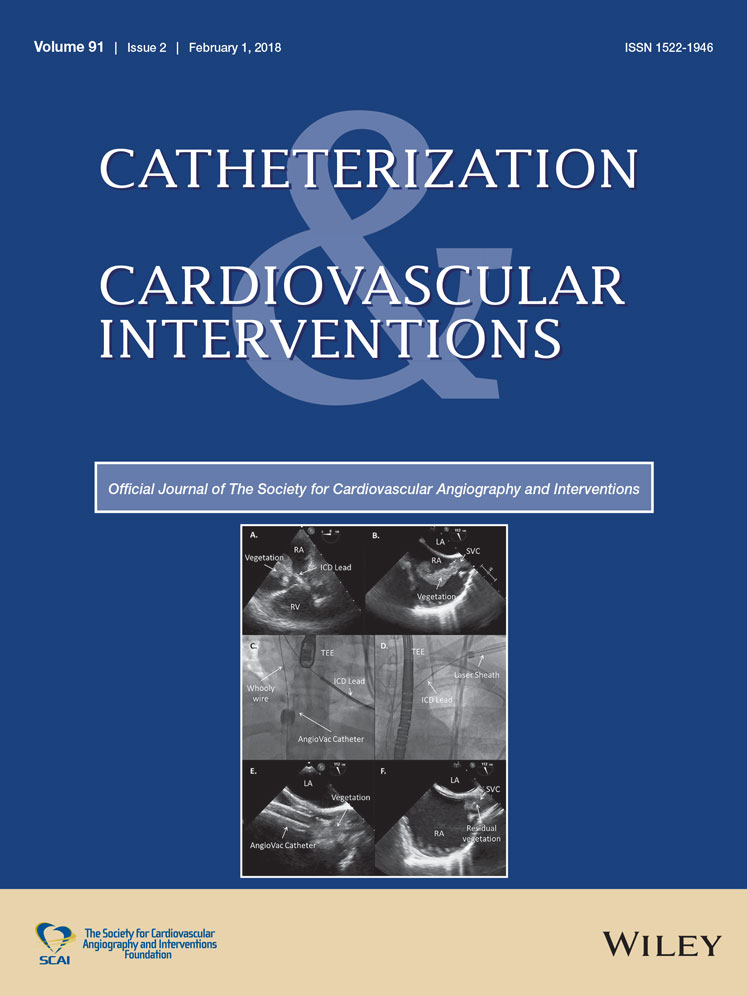Utility of the guideliner catheter for percutaneous coronary interventions in patients with prior transcatheter aortic valve replacement
Abstract
The safety and utility of GuideLiner catheters in complex percutaneous coronary interventions (PCI) has been well established. Patients with prior trans-catheter aortic valve replacement especially with CoreValve, who present for PCI, pose a unique set of challenges. Not only does the operator often encounter difficulty with selective engagement of coronary ostia through the struts of the CoreValve, but also the complex nature of the underlying CAD in this high-risk population. We present a case series to illustrate the use of GuideLiner catheter as an adjunctive tool for PCI in this patient population.




